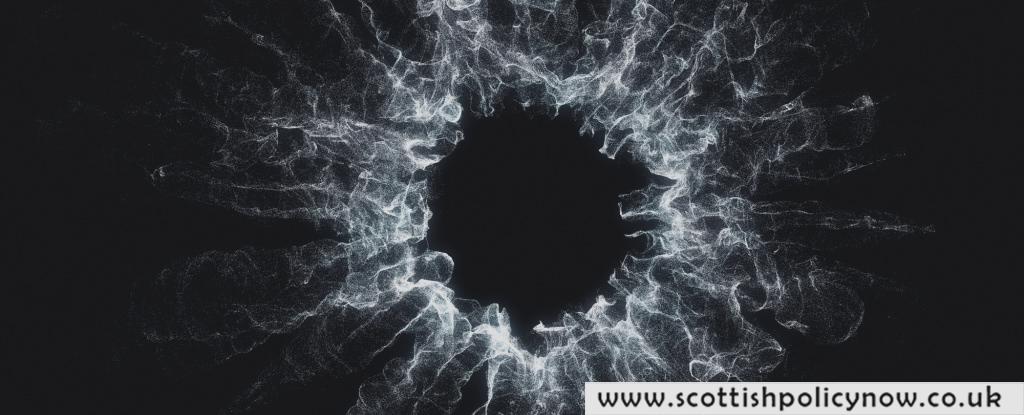The resting mass of elusive neutrinos—ghost-like particles that seem to flit between states of existence—has long puzzled physicists. But a new experiment, led by researchers from the Max Planck Institute for Nuclear Physics in Germany, might have brought us one step closer to unlocking their mysteries.
Neutrinos are notorious for their odd behavior. Once thought to be massless, they are now known to have mass, though it is so tiny that scientists struggle to measure it. Adding to the challenge, these particles oscillate among three different types as they traverse the cosmos. This fluid identity has made neutrinos a target for those seeking to discover new physics beyond the Standard Model, which encompasses all known forces and particles in the Universe.
Neutrinos’ elusive nature makes them hard to track. Physicists can’t simply weigh them like you would an apple on a scale. Instead, they must infer their mass from the traces they leave when they interact with other particles or decay. Given neutrinos’ minuscule mass and weak interaction with matter, this is no easy task.

To determine the mass of neutrinos, the team from Max Planck Institute used data from an experiment involving polystyrene beads, which acted as stand-ins for neutrinos. They compared their results with predictions from random matrix theory, a mathematical framework from the 1950s designed to describe complex systems with many random variables.
Their focus was on the vibrations within the bead packs. These vibrations create a spectrum of frequencies, known as the density of states, which can indicate the underlying mass of neutrinos. By comparing these vibrational patterns with predictions from random matrix theory, the team was able to identify a specific distribution of statistical probabilities, known as the Wishart–Laguerre ensemble, that aligns with the behaviors of granular matter.
Meanwhile, other researchers have been using different approaches to estimate the mass of neutrinos, including the Karlsruhe Tritium Neutrino Experiment (KATRIN) in Germany, which measures the decay of superheavy hydrogen into electrons and neutrinos. Their 2022 estimate placed the upper limit of an electron neutrino’s mass at 0.8 electronvolts, equivalent to a weight of four raisins compared to the Sun.
Another method to determine neutrino mass involves studying holmium-163, an isotope that absorbs an electron and decays into dysprosium-163, emitting a neutrino in the process. By measuring the energy released, researchers can infer the mass of the ‘missing’ neutrino using Einstein’s famous equation, E = mc².
In this latest experiment, lead researcher Christoph Schweiger and his team set up a complex apparatus involving five Penning traps inside a superconducting magnet at ultra-low temperatures. This setup allowed them to detect and measure the slight energy differences in the holmium-163 to dysprosium-163 decay. The result was a new Q value—essentially, a measure of the mass ‘missing’ from the decay process—50 times more precise than previous attempts.
The researchers hope that this increased precision can shed light on the mysteries surrounding neutrinos, helping to answer questions that lie beyond the Standard Model. With each new discovery, we gain a better understanding of these elusive particles, inching closer to unraveling the secrets of the Universe.
The study has been published in Nature Physics.







